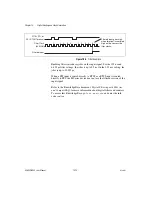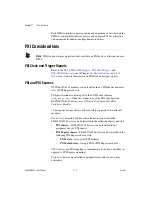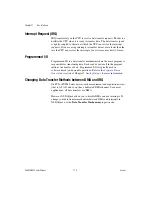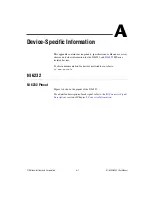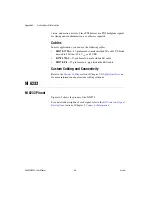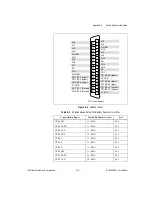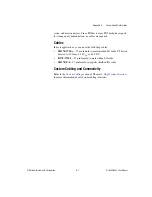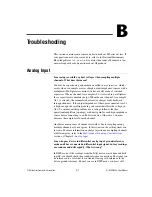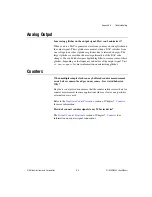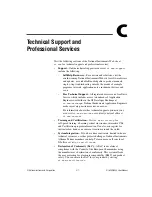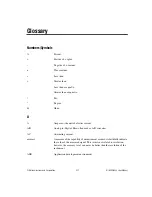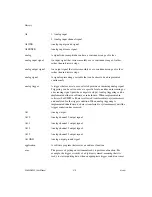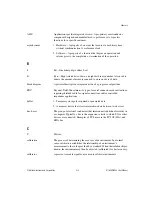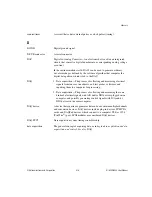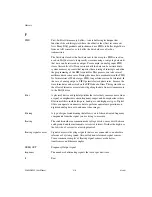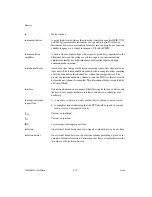
©
National Instruments Corporation
B-1
B
Troubleshooting
This section contains some common questions about M Series devices. If
your questions are not answered here, refer to the National Instruments
KnowledgeBase at
ni.com/kb
. It contains thousands of documents that
answer frequently asked questions about NI products.
Analog Input
I am seeing crosstalk or ghost voltages when sampling multiple
channels. What does this mean?
You may be experiencing a phenomenon called
charge injection
, which
occurs when you sample a series of high-output impedance sources with a
multiplexer. Multiplexers contain switches, usually made of switched
capacitors. When a channel, for example AI 0, is selected in a multiplexer,
those capacitors accumulate charge. When the next channel, for example
AI 1, is selected, the accumulated current (or charge) leaks backward
through channel 1. If the output impedance of the source connected to AI 1
is high enough, the resulting reading can somewhat affect the voltage in
AI 0. To circumvent this problem, use a voltage follower that has
operational amplifiers (op-amps) with unity gain for each high-impedance
source before connecting to an M Series device. Otherwise, you must
decrease the sample rate for each channel.
Another common cause of channel crosstalk is due to sampling among
multiple channels at various gains. In this situation, the settling times can
increase. For more information on charge injection and sampling channels
at different gains, refer to the
Multichannel Scanning Considerations
section of Chapter 4,
.
I am using my device in differential analog input ground-reference
mode and I have connected a differential input signal, but my readings
are random and drift rapidly. What is wrong?
In DIFF mode, if the readings from the DAQ device are random and drift
rapidly, you should check the ground-reference connections. The signal can
be referenced to a level that is considered floating with reference to the
device ground reference. Even if you are in DIFF mode, you must still

